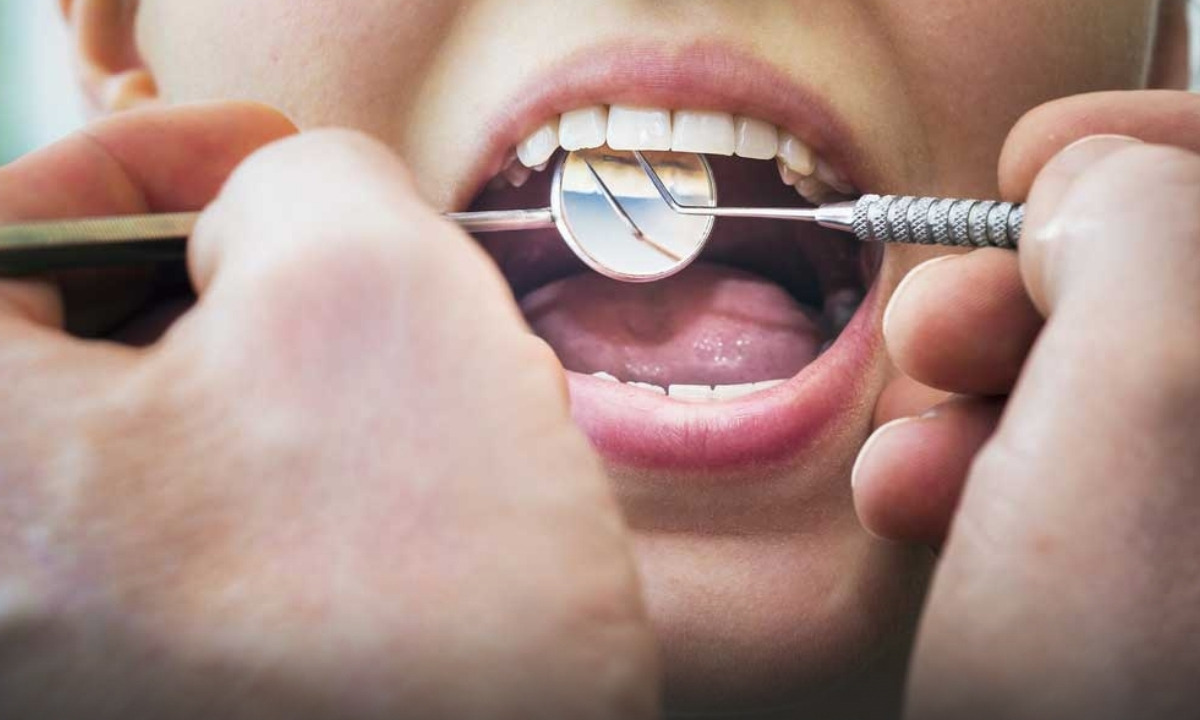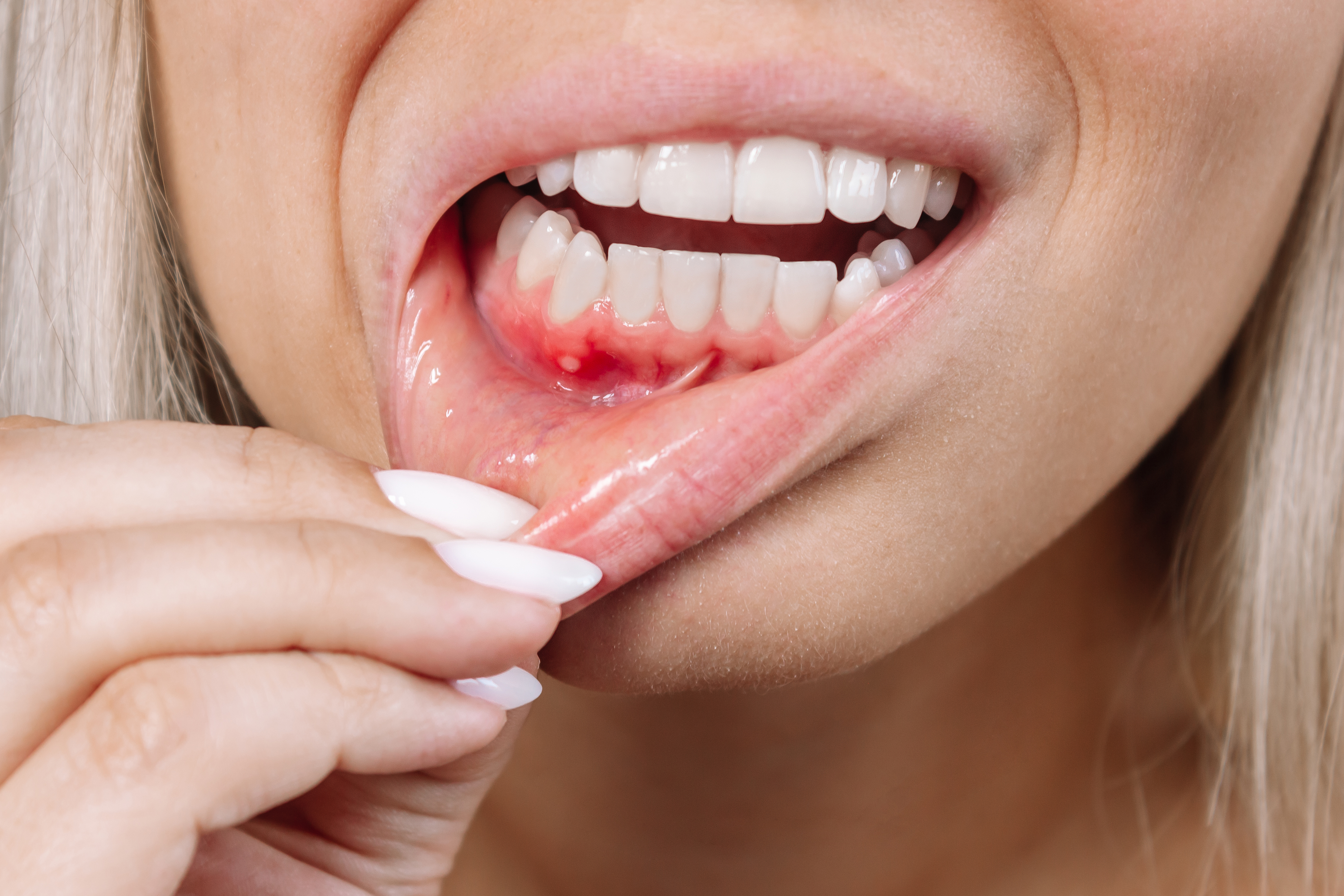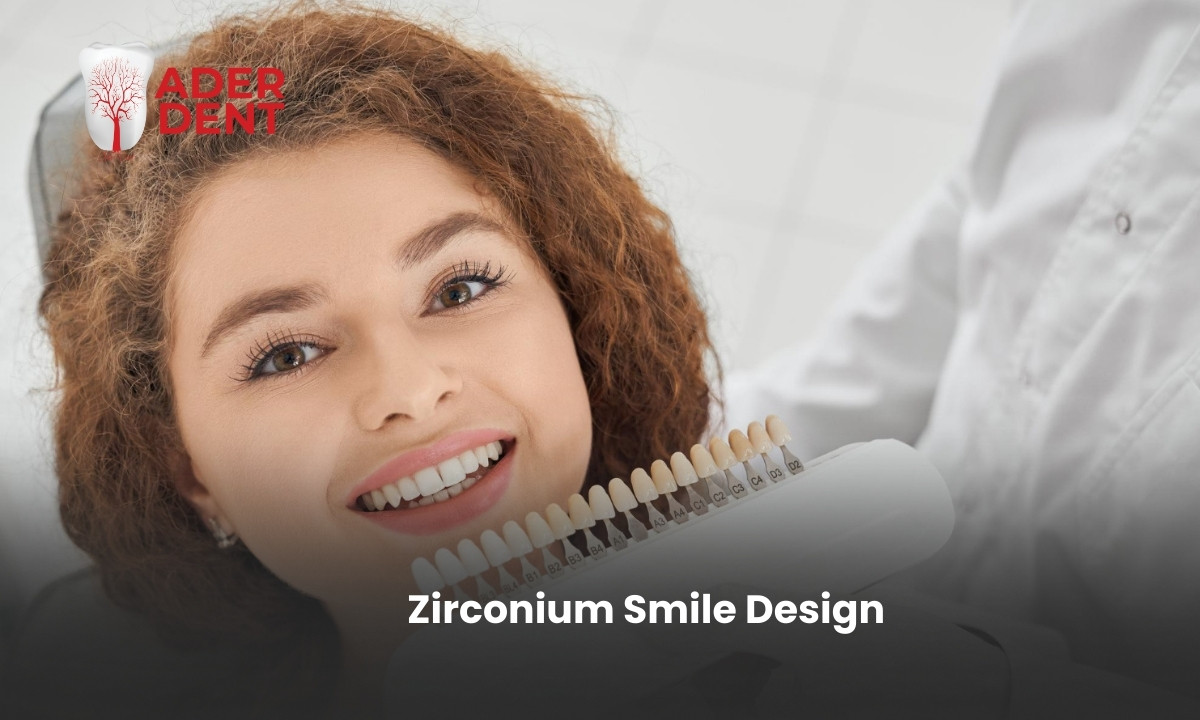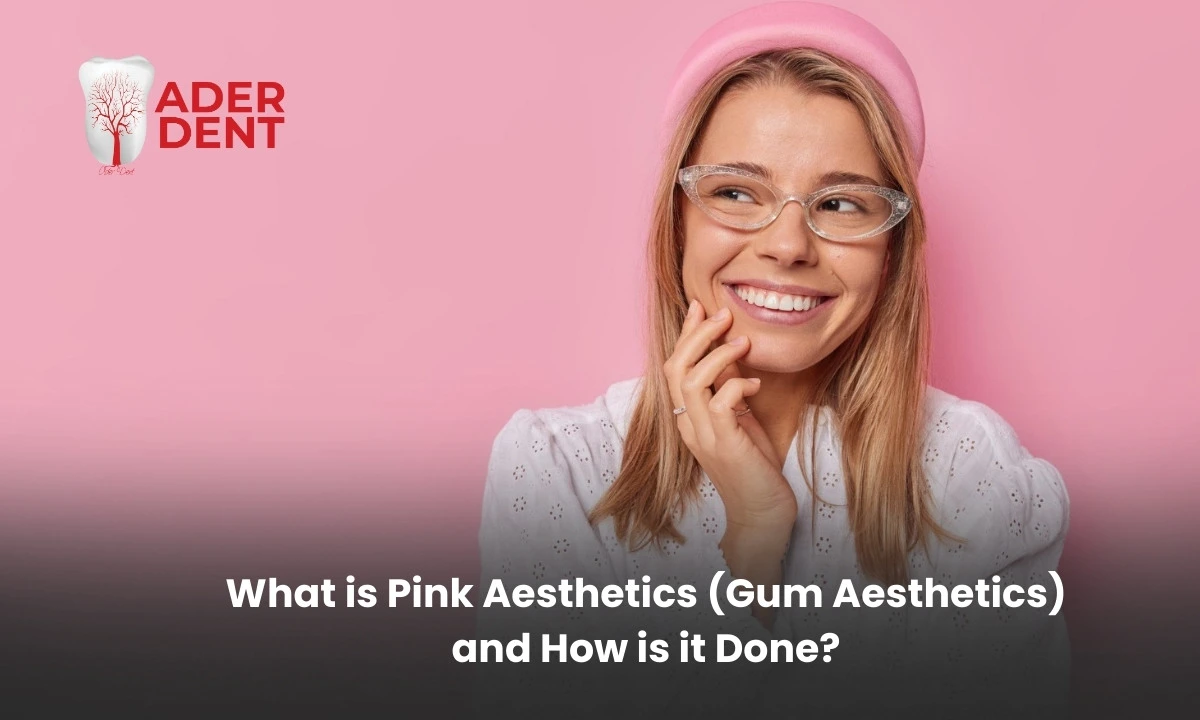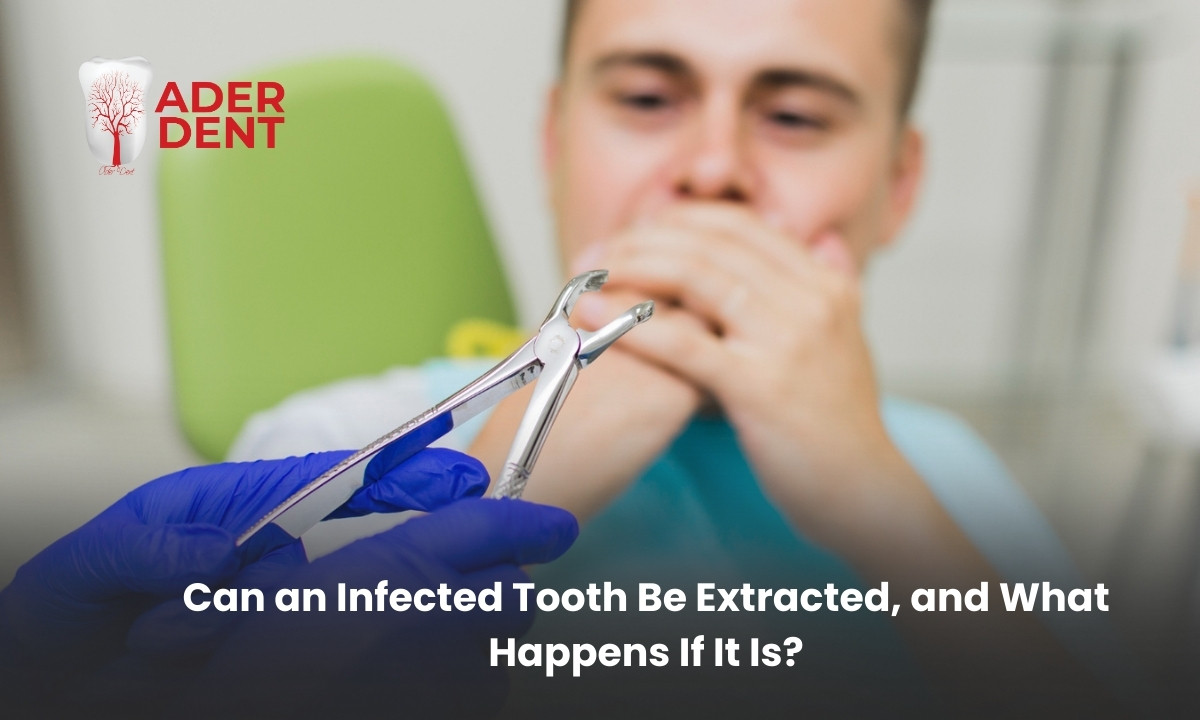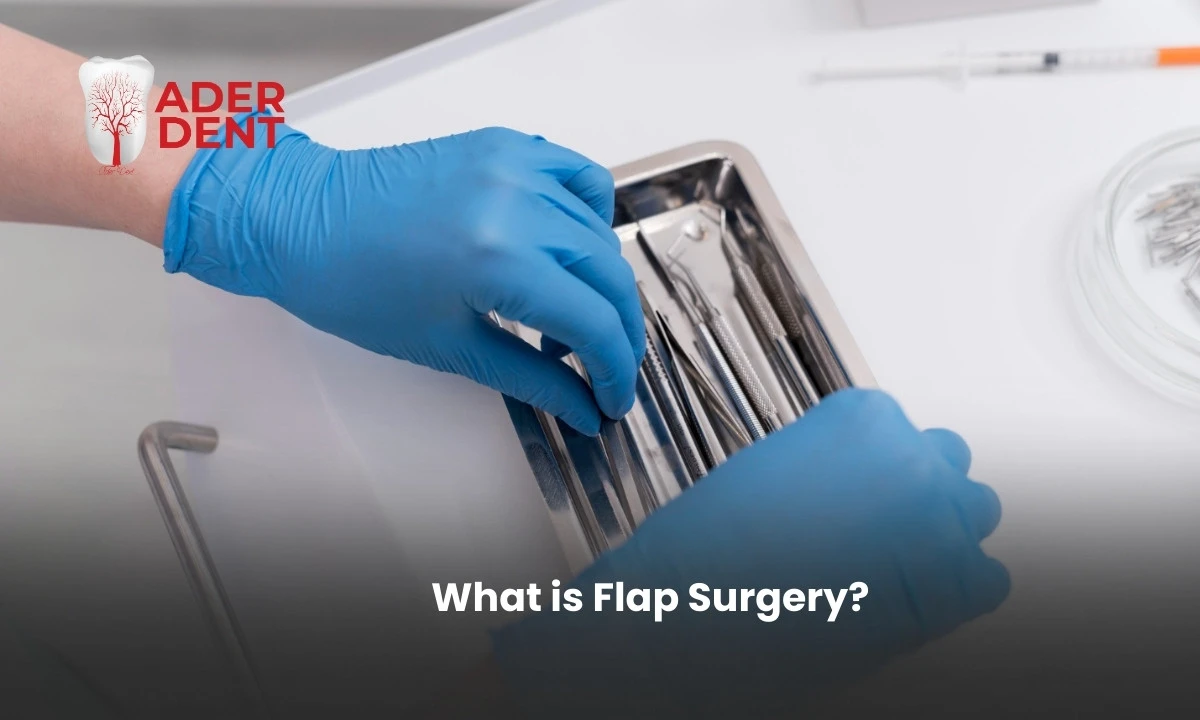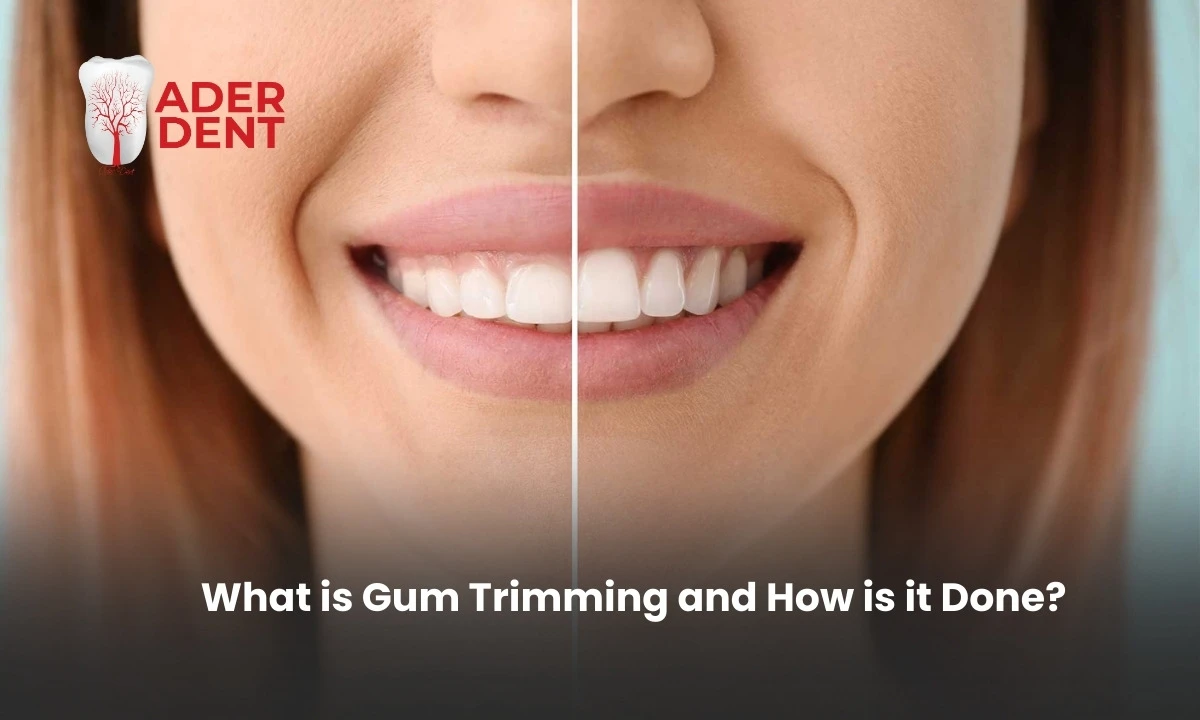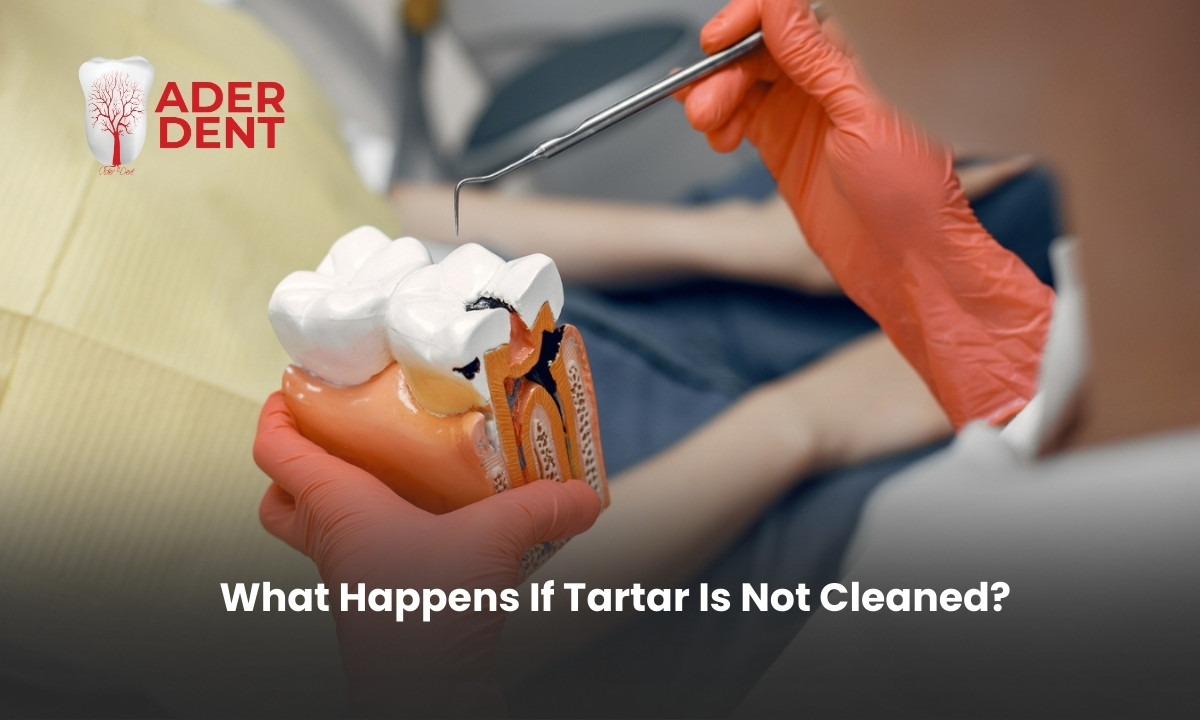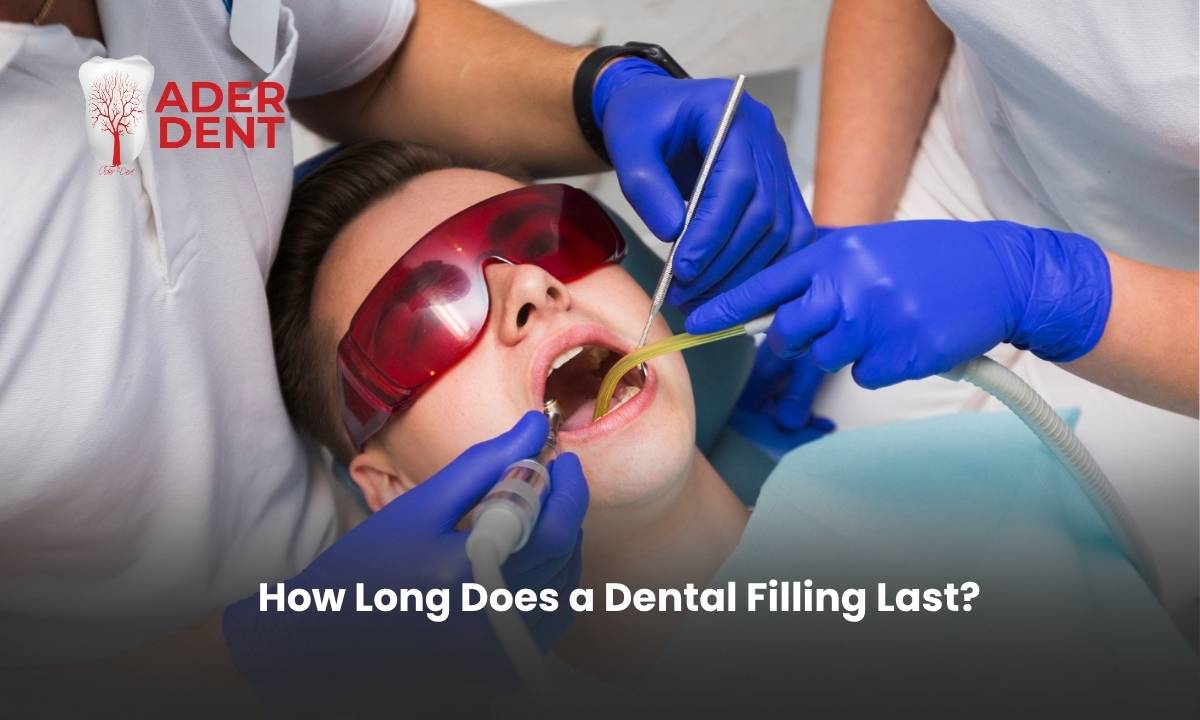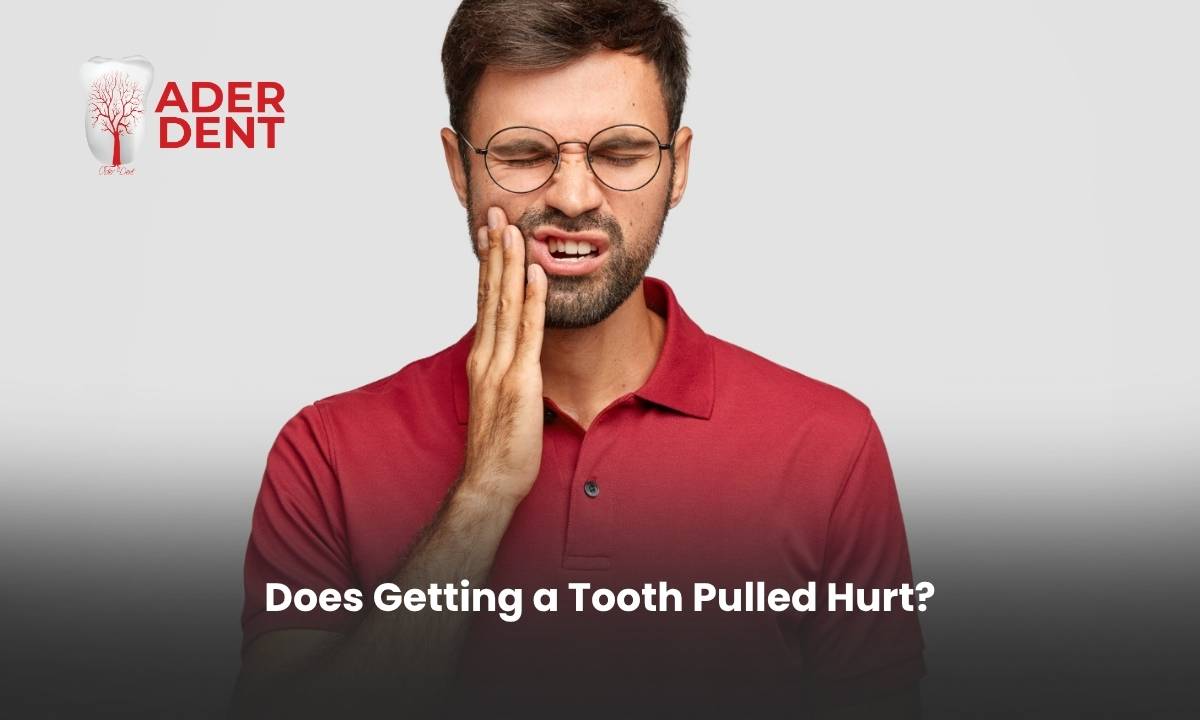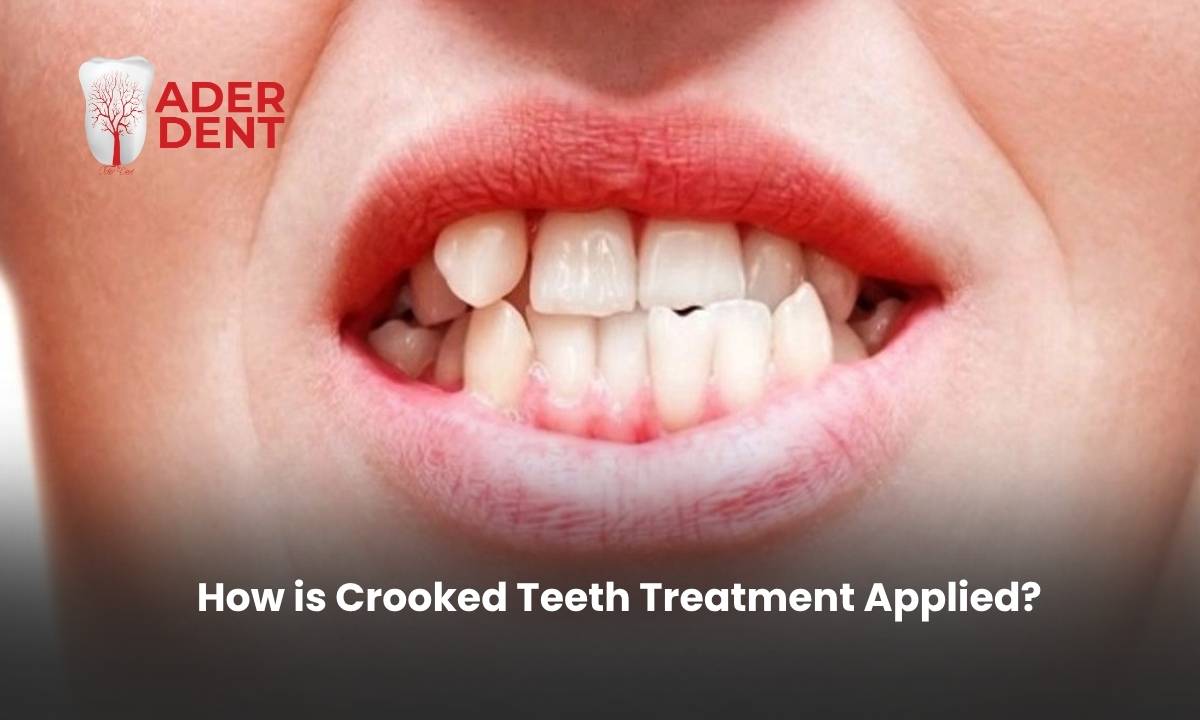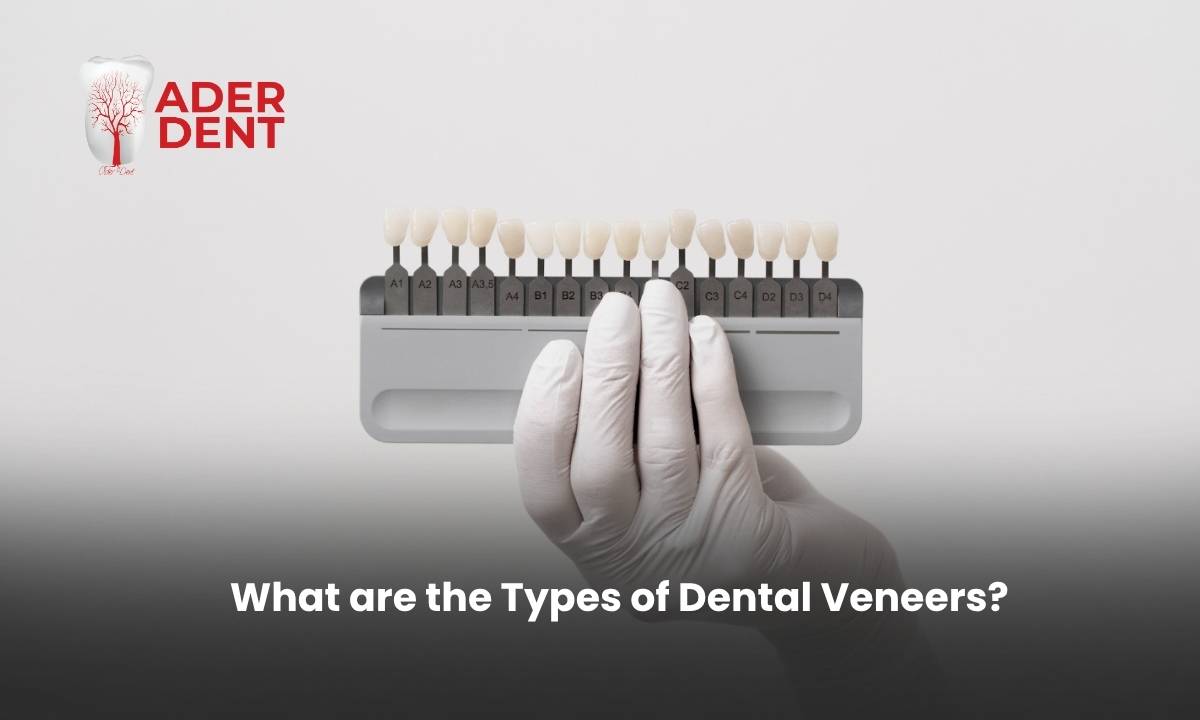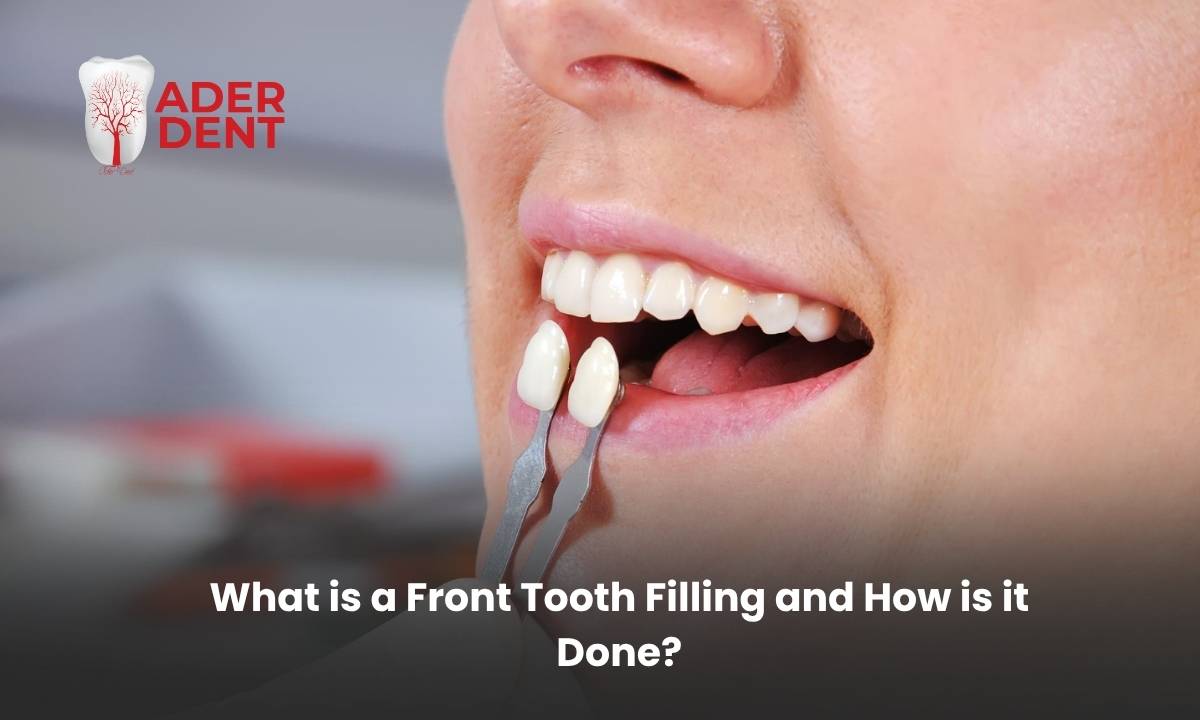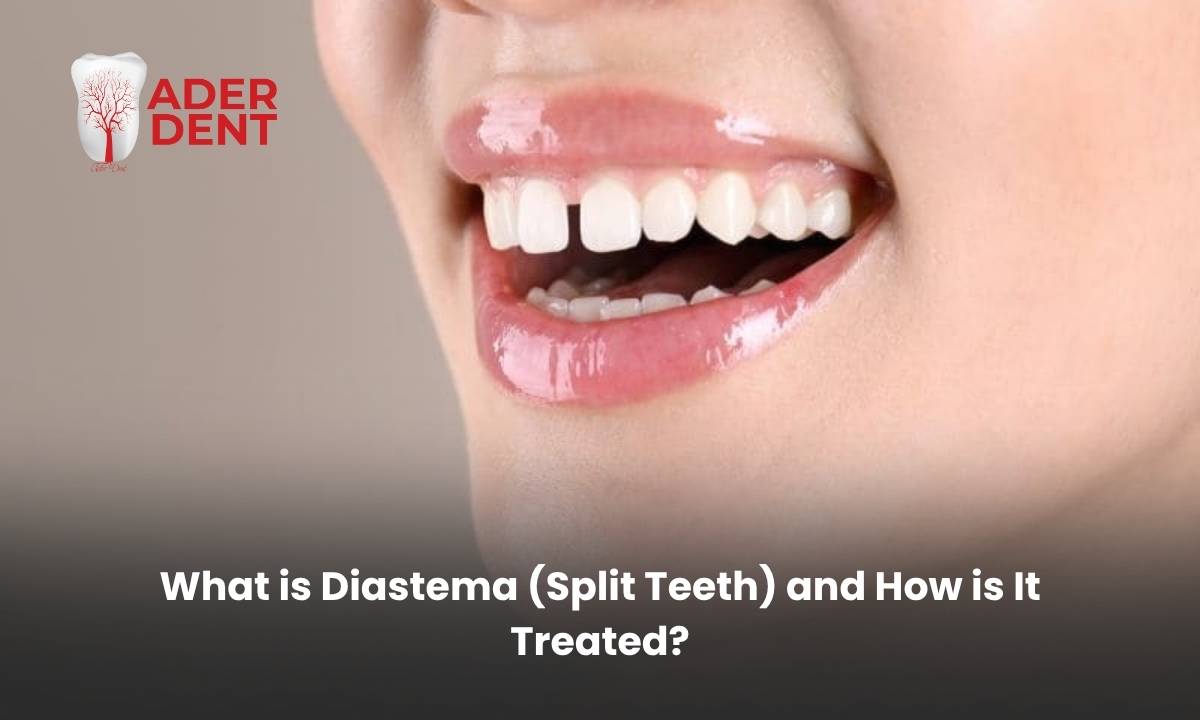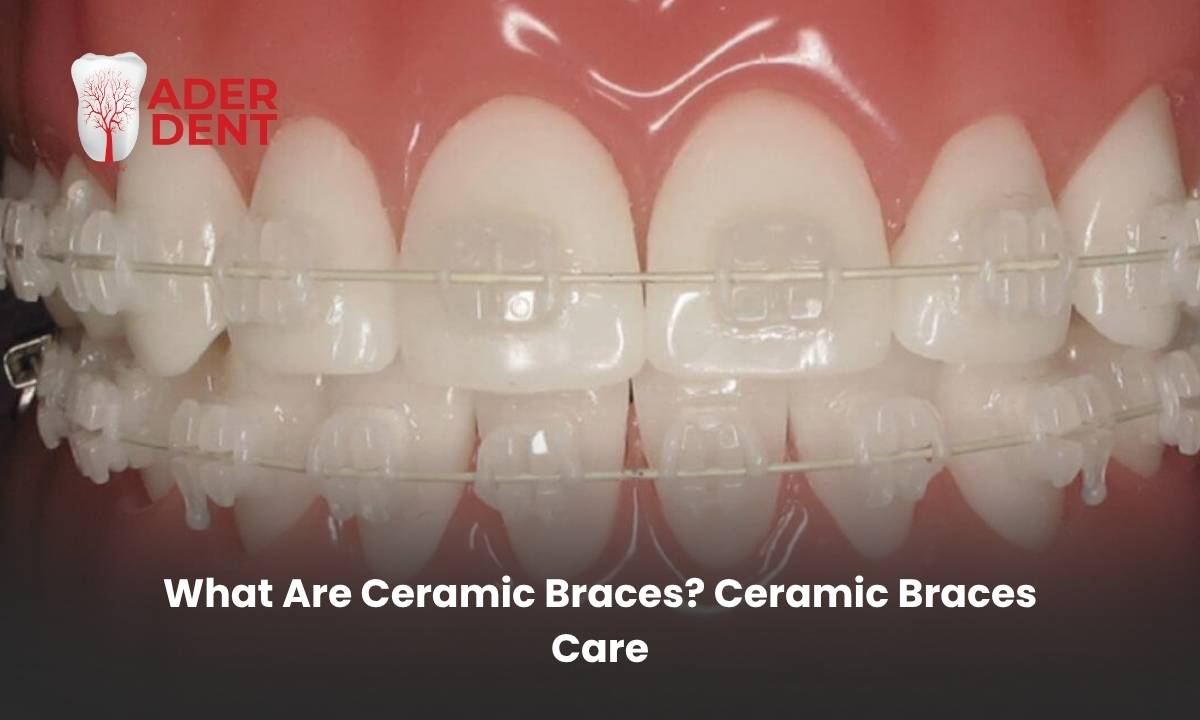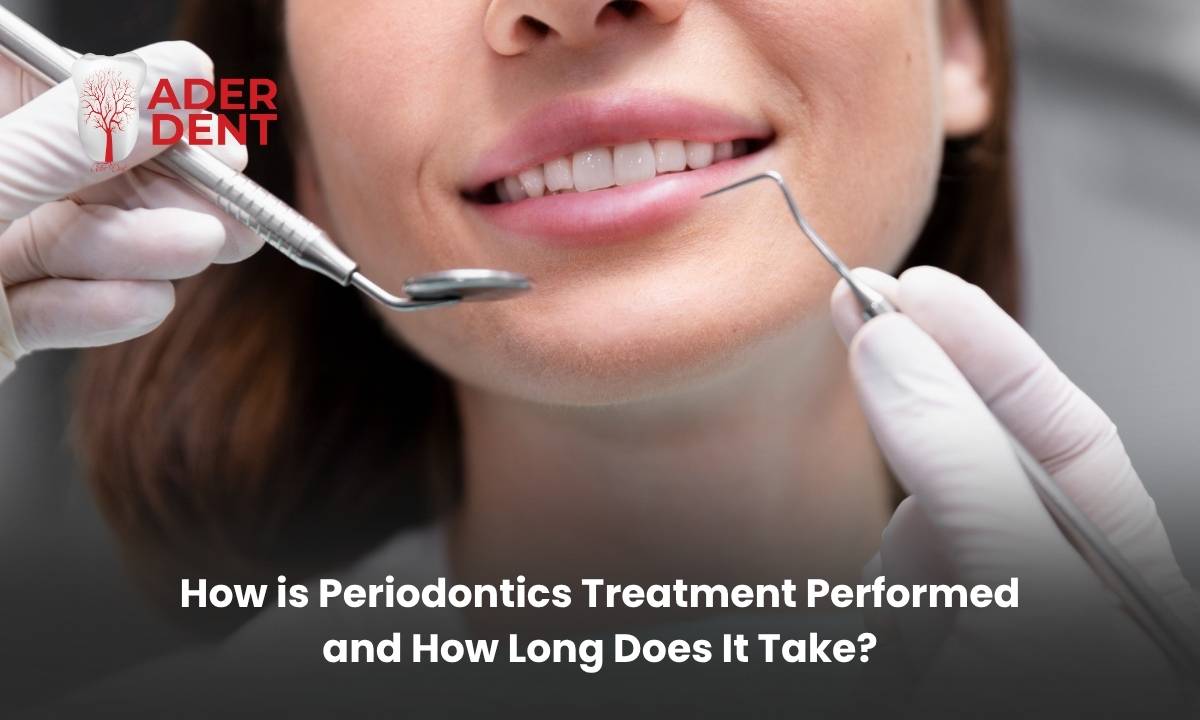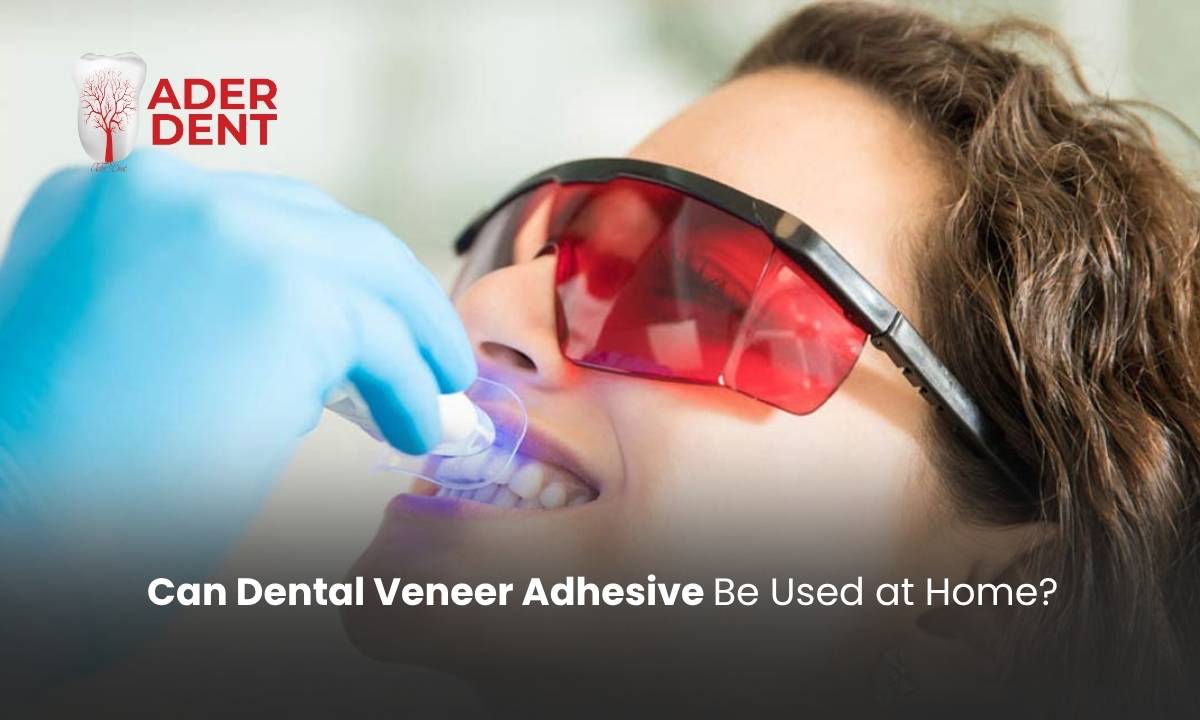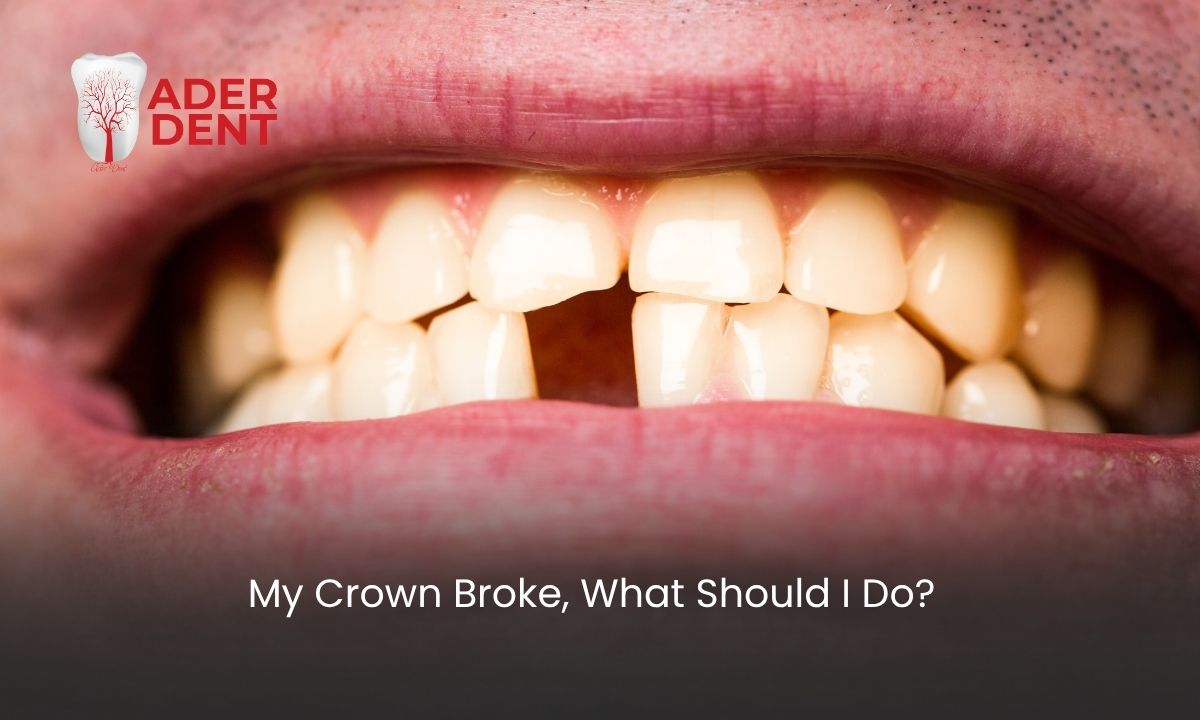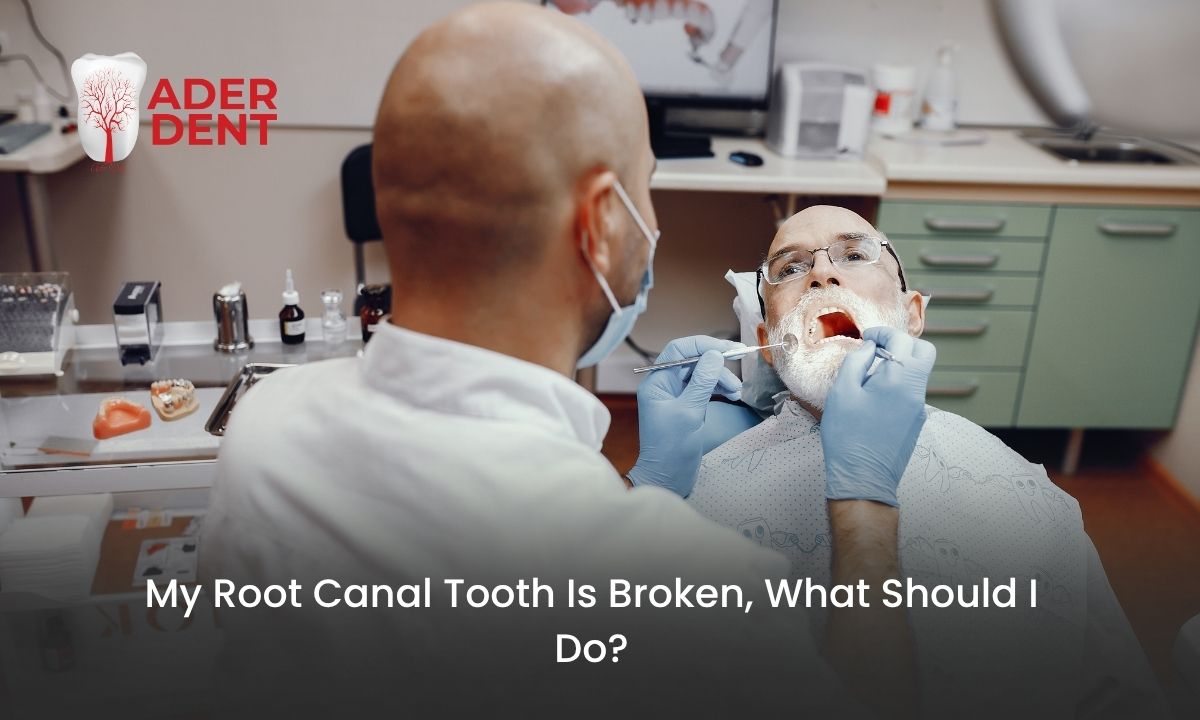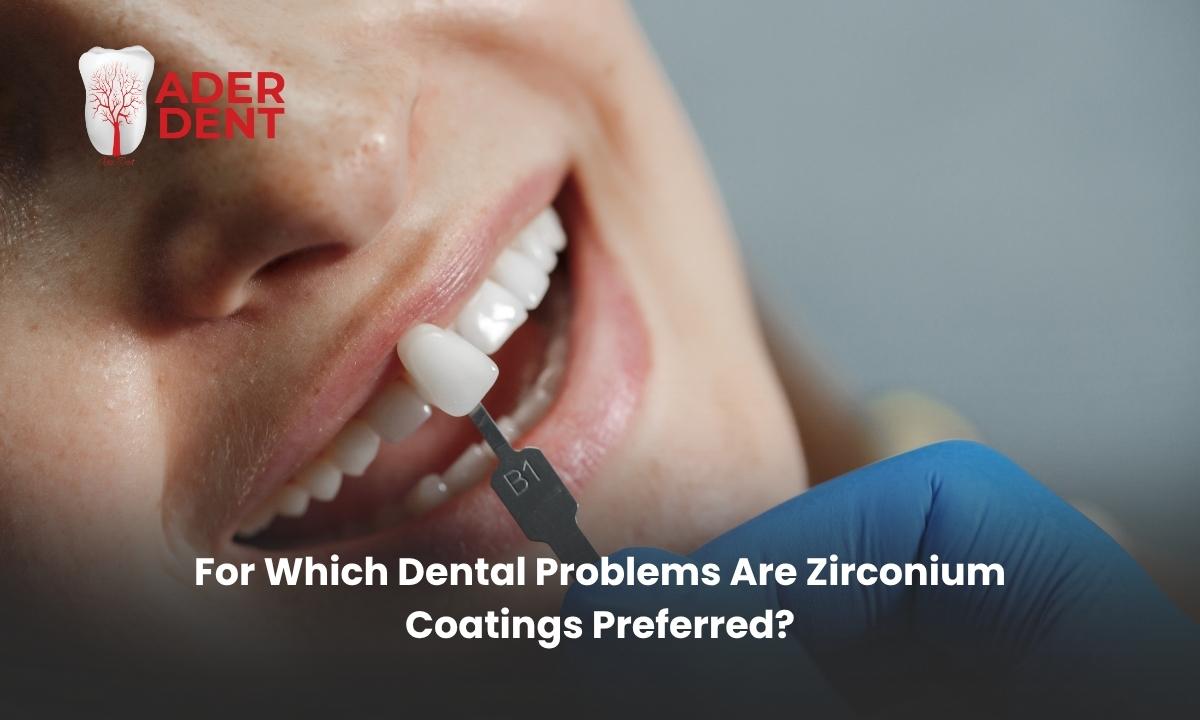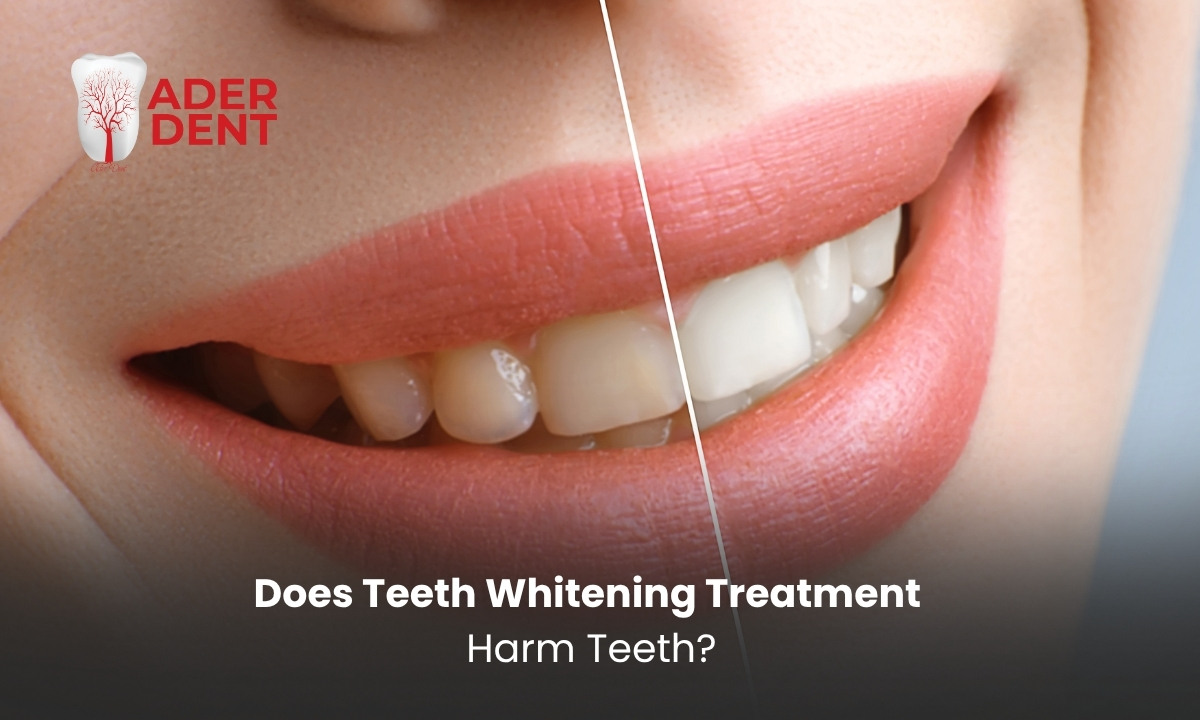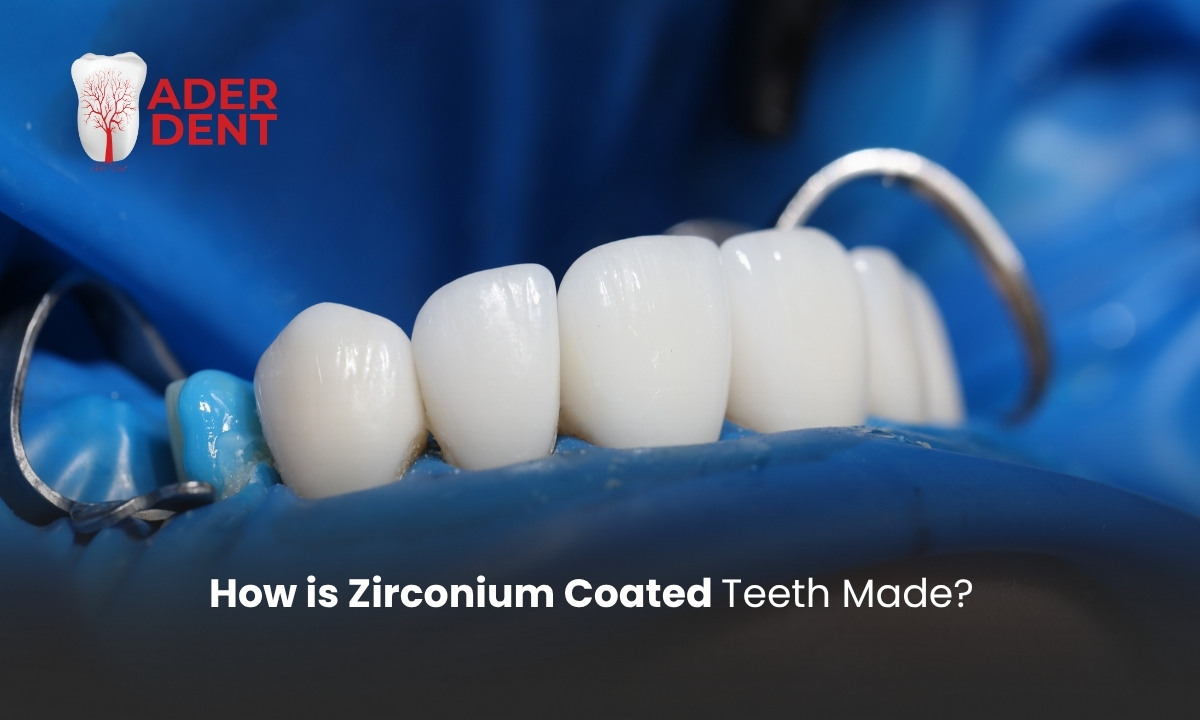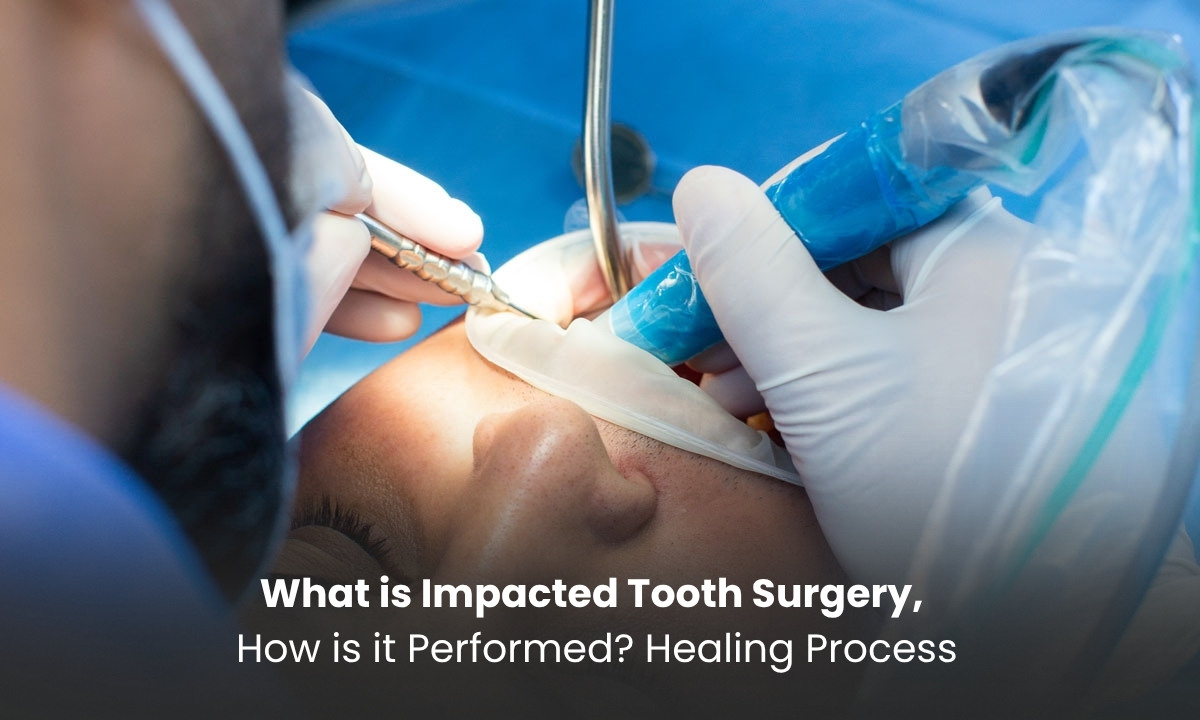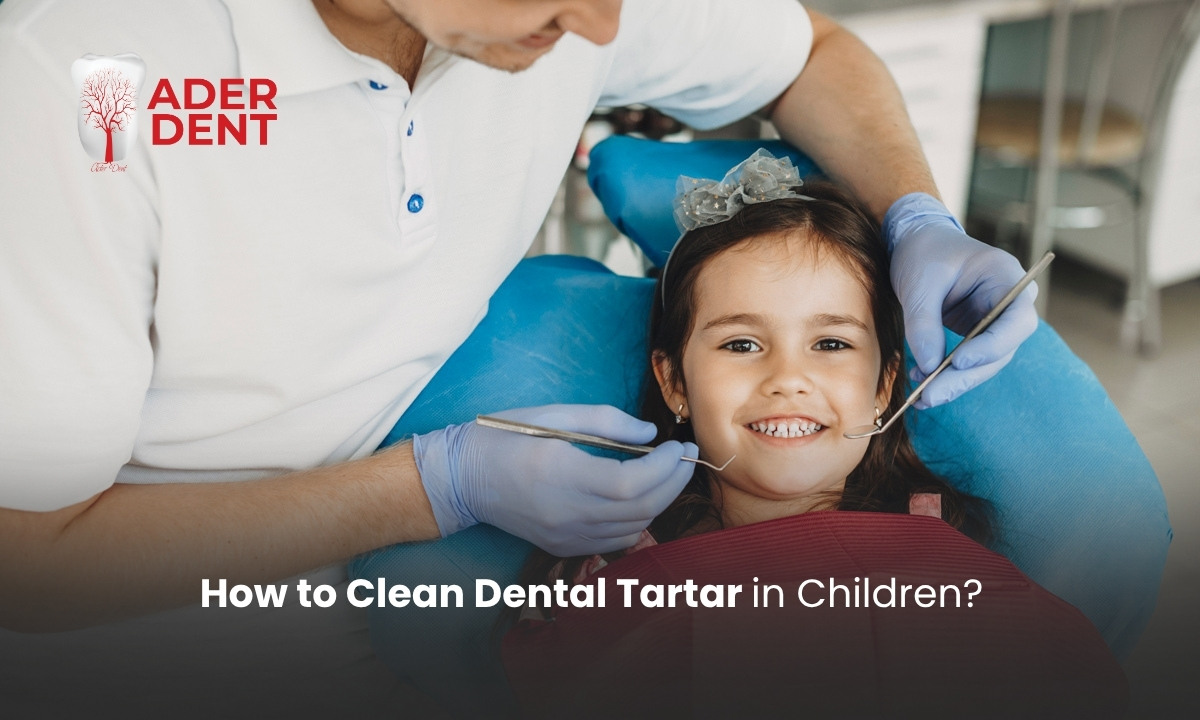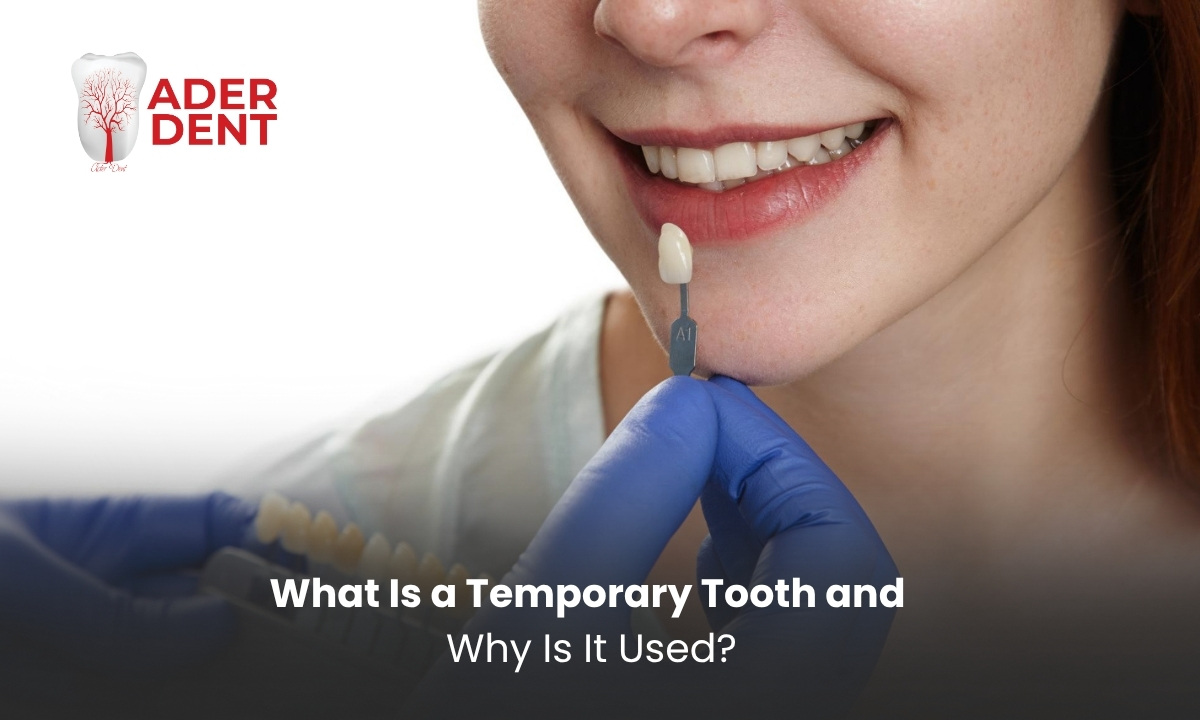
Temporary teeth are artificial dental structures used to meet a patient’s aesthetic and functional needs until the permanent treatment is completed. This solution is commonly used in dentistry, particularly during crown, implant, and aesthetic procedures, filling the gap in the mouth until permanent teeth are placed, allowing the patient to continue daily life without issues.
Temporary teeth are made from lightweight and easily moldable materials such as acrylic or composite. This ensures both an aesthetic appearance and adaptation of the gums and surrounding tissues to the treatment. In this context, understanding “what are temporary teeth?” is crucial for both comfort and appearance.
What Are Temporary Teeth?
Temporary teeth are artificial teeth used at different stages of dental treatment to maintain aesthetic appearance and chewing function until permanent teeth are placed. Their use, especially in the front region, provides essential support for both appearance and function until permanent teeth are ready.
Why Are Temporary Teeth Used?
Temporary teeth help patients continue their daily life comfortably before permanent dental prostheses are completed. Missing teeth in the front area can be aesthetically disturbing, so temporary teeth allow the patient to smile confidently in social settings.
Additionally, temporary teeth preserve chewing function, prevent speech problems, and help the mouth adapt to the final permanent teeth. They also protect the shape of the gums during the treatment process. Temporary teeth are indispensable, especially for implant and zirconia crown procedures.
Temporary Teeth Before Crowns
In dental crown treatments, the tooth is first reduced in size. After this procedure, the exposed tooth can cause both aesthetic and sensitivity issues. This is where a temporary tooth before the crown comes into play. This temporary structure protects the prepared tooth from external factors, prevents damage to surrounding tissues, and reduces pain that may occur during chewing.
At the same time, the temporary tooth preserves the proper gum shape for the permanent crown, ensuring that the prosthesis fits correctly. The use of temporary teeth is especially critical before aesthetic treatments such as zirconia or porcelain crowns, as it helps the treatment process proceed smoothly. The application of temporary teeth before a crown may vary depending on the type of crown being placed. For more details, you can refer to information about types of dental veneers.
How Are Temporary Teeth Placed?
For patients wondering “how are temporary teeth placed?”, the process begins with the dentist taking impressions of the tooth or tooth gap. Based on this measurement, the temporary tooth is prepared either in the lab or directly in the clinic.
The temporary tooth is then fixed in place with special temporary adhesives, which allow easy removal if needed. Placement usually takes a single session, and the patient can use the temporary tooth immediately. The procedure is painless and quick, significantly enhancing patient comfort.
How Long Can Temporary Teeth Be Used?
Since temporary teeth are not a permanent solution, their usage is limited. Typically, they are used for 2 weeks to 6 months, depending on the treatment.
For example, the duration may be longer in implant procedures but shorter for crown treatments. Once the lifespan of a temporary tooth ends, issues such as wear, breakage, or discoloration may occur. Therefore, temporary teeth should not be used beyond the period recommended by the dentist, and regular check-ups are essential.
Temporary Teeth Before Zirconia Crowns
Temporary teeth used before zirconia crowns serve as a temporary solution that protects the patient both aesthetically and functionally until the zirconia crown procedure is completed. Since zirconia crowns are prepared in a laboratory, this process can take several days or weeks.
Temporary teeth not only provide an aesthetic solution but also help preserve the gum shape, ensure proper fitting of the permanent crown, and prevent tooth sensitivity. For zirconia crowns applied in the front region, it is especially important that the temporary teeth look natural and harmonious, as this has a significant impact on aesthetics.
Additionally, using temporary teeth before zirconia crowns helps prepare the teeth and surrounding tissues for the new crown, preserves the gum shape, and allows potential mismatches to be detected early, ensuring a smoother treatment process. This ensures that the permanent zirconia crown is placed with maximum aesthetic and functional success. For more detailed information about the temporary teeth used in this process and to better understand the zirconia crown procedure, you can refer to our zirconia crown dental content.
Temporary Teeth in Implant Treatment
In implant procedures, temporary teeth are used to fill the gap while the implant integrates with the jawbone. Since this process can take several months, temporary teeth provide both aesthetic and psychological support for the patient. They also help preserve the gum shape around the implant.
Temporary teeth are especially indispensable in front-tooth implant treatments. Correctly applied temporary teeth facilitate the successful and aesthetic placement of the permanent prosthesis. This procedure is applied selectively, depending on the case.
Temporary Teeth Costs
The cost of temporary teeth varies depending on the material, treatment method, and dental clinic. Acrylic or composite temporary teeth are more economical compared to permanent teeth, but costs differ per patient. Additionally, including temporary teeth in implant or zirconia crown treatments may affect the overall treatment cost. Therefore, the most accurate price can be determined after a dental examination.
How to Care for Temporary Teeth
Caring for temporary teeth is as important as for permanent teeth. Daily oral hygiene should not be neglected, including brushing and flossing. Since temporary teeth are fixed with temporary adhesives, they can be sensitive; patients should avoid very hard foods and extremely hot or cold foods. Regular check-ups are necessary to monitor the condition of temporary teeth and allow for timely dental intervention if needed.
Temporary Teeth After Tooth Reduction
Temporary teeth after tooth reduction prevent aesthetic and functional loss. During crown or bridge treatments, teeth are shaped and reduced, leaving them exposed. This can cause pain, sensitivity, and an unattractive appearance.
Temporary teeth are prepared by the dentist immediately after tooth reduction, usually from acrylic or composite materials, and applied quickly. This allows patients to eat, speak, and maintain their smile aesthetics comfortably during the treatment period.
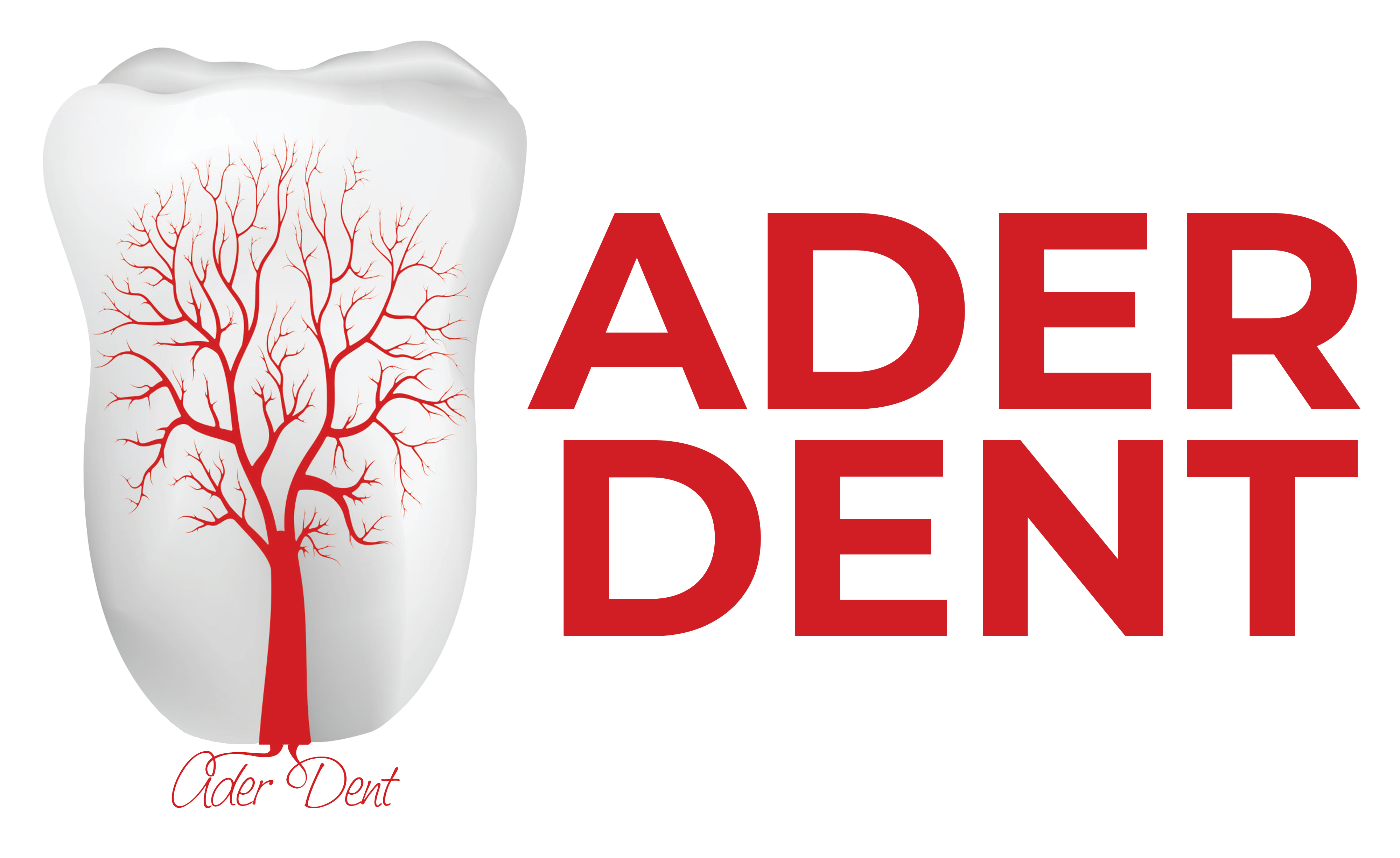

 TR
TR
